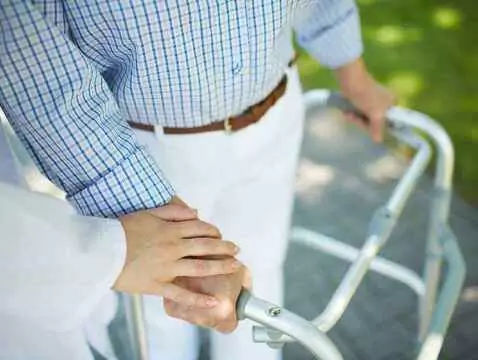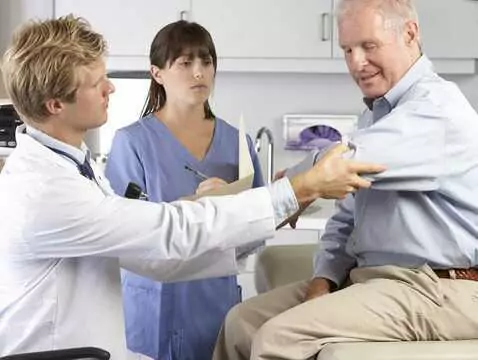
Golfer's elbow: what is it, how does it manifest itself, how to treat it?
Inflammation of the medial epicondyle of the humerus, known as golfer's elbow, is one of many musculoskeletal complaints of the upper limbs. How to recognise it and how to treat it? You will find the...
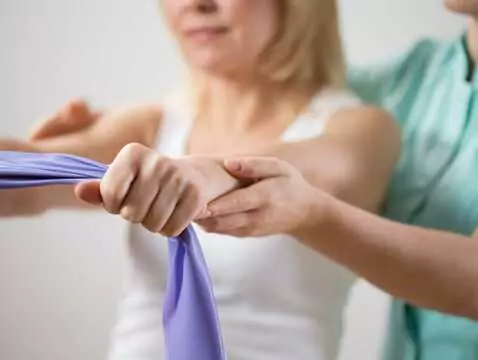
Modern technologies to support rehabilitation
Modern technologies are appearing more and more in our everyday life and are eagerly used by us. It is important to note that medicine, too, is reaching for technical innovations, making the process...
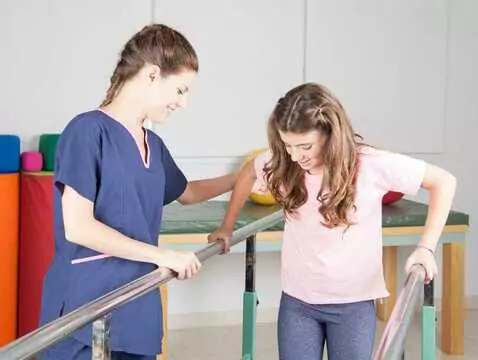
Exoskeleton - future technology to allow paralysed people to move around in testing phase
French researchers have developed an exoskeleton that allows control of all four limbs using only brain waves. Clinical use of the device is not yet possible. The technology still needs to be refined...

Innovative rehabilitation aids can help patients return to fitness
Virtual reality, robotic systems and special sensors can serve as rehabilitation aids. Modern technologies that can help patients with musculoskeletal and nervous system injuries were presented at a...

Physiotherapy for headaches
Headache is one of the more common ailments affecting the population. Statistics report that around 4% of people worldwide suffer from chronic headaches of various origins. Physiotherapy treatments...
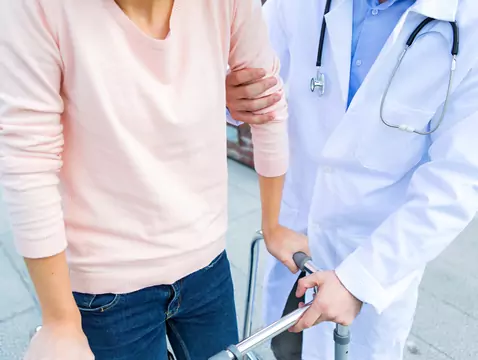
Myopathies
The rehabilitation process is a deliberate process of improving and keeping the patient as fit as possible for as long as possible. It depends primarily on the disease and the condition of the...
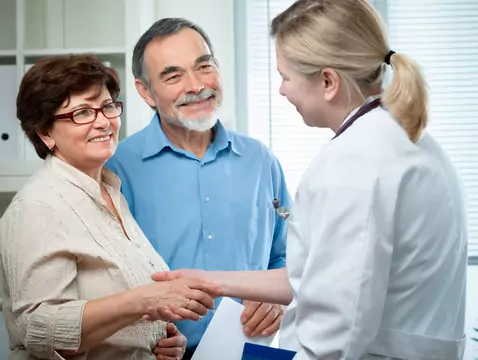
Electroneurophysiotherapy
Neurophysiotherapy has been using research and electronic neurodiagnostic techniques for over 10 years. These techniques help to identify the genes responsible for muscular atrophy, as well as...
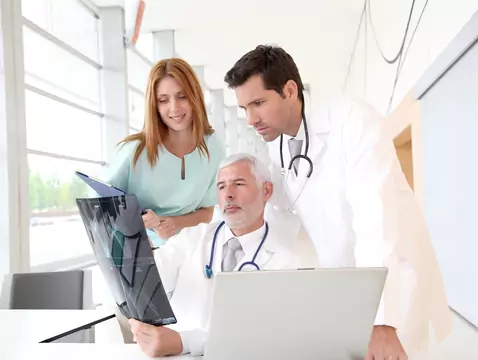
Human movement behaviour - physiology or biomechanics?
Human movement behaviour has been understood through the research of neurophysiologists and biomechanists. The two fields now form a system from which to explain human movement issues, although for...
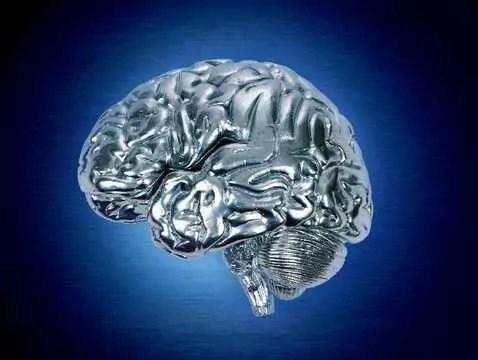
Plasticity of brain structures
Research into the capabilities of the human brain has been conducted since the beginning of the 20th century. At first, the research possibilities were limited to intraoperative situations, but with...

Metatarsalgia - do your feet suffer from it too?
The mysterious name metatarsalgia, refers to a disease syndrome that an increasing number of people are facing. Metatarsalgia, in fact, encompasses a syndrome of diseases of the soles of the feet.

Restorative neurology
Neurological rehabilitation, also known as neurorehabilitation, is a scientific field that combines the knowledge of neurology and rehabilitation.
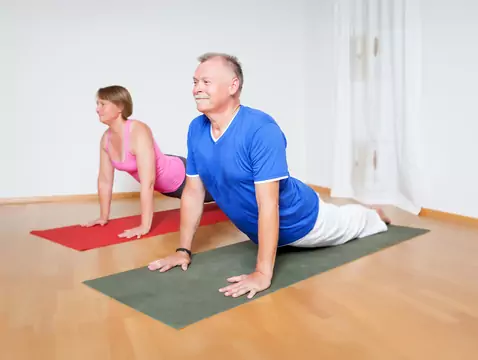
Physical activity will prolong your life and mental performance
The American Academy of Neurology recently published an interesting report on the impact of physical activity in seniors, on inhibiting brain microdamage. Studies conducted by various research...
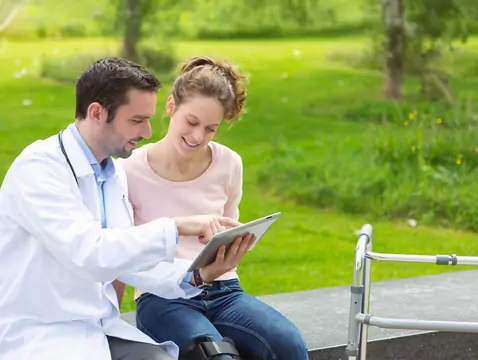
Rehabilitation of people with brain tumours
Brain tumours mostly affect children and the elderly. In the case of children, medulloblastomas are the most common; in the elderly (i.e. over 60 years of age), meningiomas or gliomas.
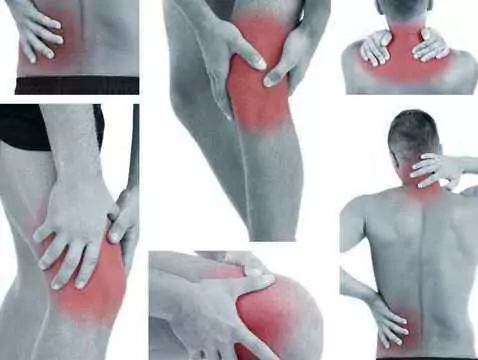
Osteoarthritis - causes, symptoms, diagnosis, non-pharmacological treatment
Osteoarthritis is the most common joint disease. It is also the most common cause of disability in the elderly. Some researchers believe that osteoarthritic changes occur in 80 % of people over 50...
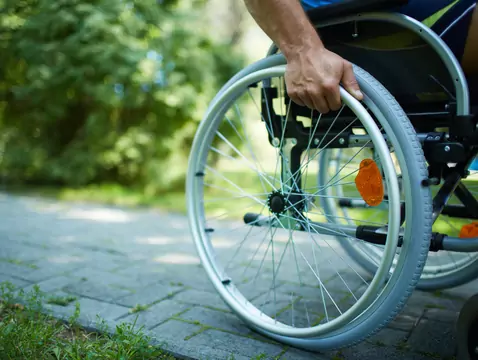
Multiple sclerosis - rehabilitation, causes, symptoms, diagnosis, treatment
Multiple sclerosis (S) is a lifelong inflammatory-demyelinating disease. Rehabilitation of patients with S plays a very important role, as the disease permanently impairs the normal functioning of...
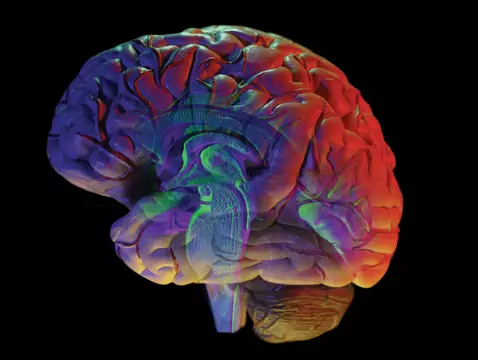
Post-traumatic focal lesions
Post-traumatic focal lesions can occur in both contact and non-contact injuries.
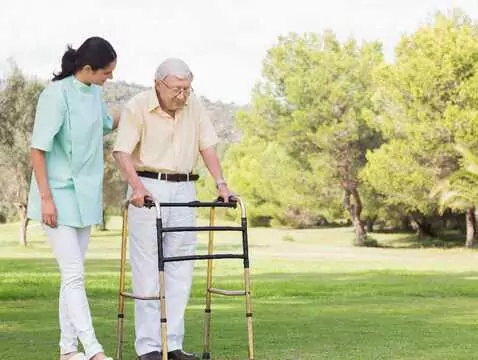
Rehabilitation after stroke - what does it look like?
Stroke (brain attack, stroke or myocardial infarction) affects mainly elderly people and its risk increases with age, which does not mean that it does not occur in younger people. Stroke usually...
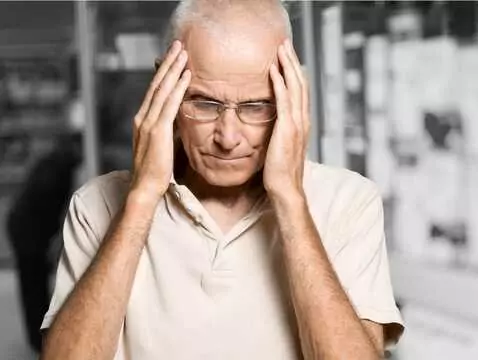
Ischaemic stroke, haemorrhagic stroke - rehabilitation
Rehabilitation after ischaemic stroke conventionally covers a period of 4 to 6 weeks.



